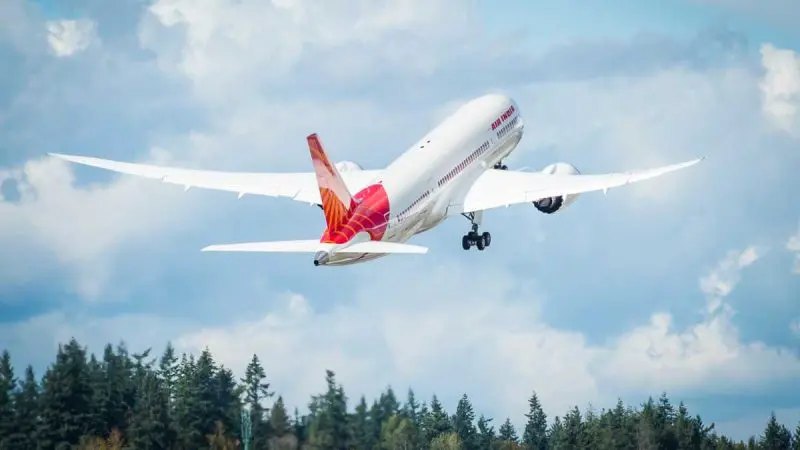An Air India Boeing 787-8 Dreamliner plane crashed minutes after take-off from Ahmedabad airport, raising fresh safety concerns. As per the latest update, more than 130 people are feared dead after the crash. Aviation authorities have launched an investigation into the incident. The Dreamliner is known for advanced engineering, fuel efficiency, and long-range capabilities. However, it has faced scrutiny over technical flaws and manufacturing concerns in recent years. In 2024, a whistleblower questioned the aircraft’s structural integrity and built quality. This incident has brought renewed focus to the jet’s long-term safety and reliability. It also highlights Boeing’s past reassurances about the aircraft’s design and safety standards.
Boeing 787 Dreamliner Designed For Efficiency And Comfort
The Boeing 787-8 Dreamliner was introduced to set new standards in long-haul air travel. As per Boeing’s official website, the aircraft is built with composite materials, enabling it to be lighter and more fuel-efficient than earlier wide-body models. Its range, low noise levels, and improved cabin pressure have made it a preferred choice for many international airlines.
Boeing states that more than 1.4 million flights have been completed by the 787 family, safely transporting over 600 million passengers worldwide. These statistics are often cited as proof of the Dreamliner’s strong safety record and engineering excellence.
Safety Concerns After Air India Plane Crash
Despite its promising performance on paper, the 787 Dreamliner has not been free from criticism. According to NBC News, a former Boeing employee-turned-whistleblower warned of manufacturing flaws that could result in structural failure mid-flight. These concerns include improper assembly practices and potential gaps between fuselage sections, which could weaken the aircraft over time.
While Boeing has denied that such flaws compromise safety, aviation watchdogs have kept the aircraft under close observation, particularly models assembled in South Carolina, where several quality control issues have been reported in the past.
Also Read: Air India Steps Up Game With Sleek Cabins Shorter Layovers In Boeing Jet Overhaul Plan
As reported by India Today and News18, the Air India plane crash in Ahmedabad is now under investigation of Directorate General of Civil Aviation (DGCA), with a focus on whether technical faults or human error caused the crash. While Boeing continues to affirm the reliability of its 787 fleet, this incident has once again brought global attention to the aircraft’s safety track record.
Until detailed findings emerge, the aviation world remains on edge, watching how manufacturers, regulators, and airlines respond to ensure passenger safety moving forward.
Cover Image Courtesy: Air India/website

